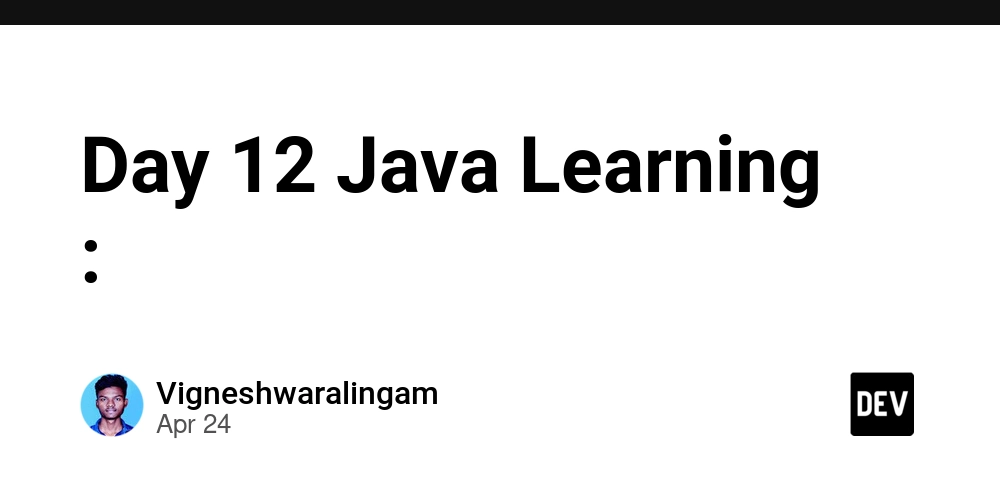Exploring Blockchain in Government and Tax Compliance: Innovations, Funding, and Future Trends
Abstract This post explores the revolutionary impact of blockchain technology on government operations and tax compliance systems. We cover the background, core concepts such as decentralization and smart contracts, practical use cases including digital identity and transparent spending, and the challenges that lie ahead. In addition, we review emerging innovations, funding models, and regulatory changes that will drive future developments. By examining these aspects through clear technical explanations, detailed tables, and bullet lists, this article provides decision-makers and technical experts with actionable insights that balance blockchain’s promise with its implementation challenges. Introduction Blockchain technology has emerged as a critical tool in modern digital transformation. With its decentralized ledger and automated smart contracts, blockchain offers governments and tax authorities a way to improve transparency, reduce fraud, and enhance operational efficiency. This post builds upon the insights provided in Blockchain and Government and integrates additional information to present an updated, holistic perspective on blockchain’s role in public governance and tax compliance. Governments worldwide are exploring blockchain for applications ranging from digital identity management to automated public spending audits. Tax authorities, on the other hand, see it as a game changer that can substantially streamline tax processes. As the technology evolves, funding models—spanning public-private partnerships (PPPs), government budget allocations, and decentralized finance (DeFi)—become central to its sustainable deployment. In this post, we dive into the background, core concepts, real-world applications, challenges, and future innovations that shape this vibrant ecosystem. Background and Context Blockchain was first introduced in 2008 with the launch of Bitcoin. Its core mechanism—a decentralized, immutable ledger—has since been adapted to various sectors beyond cryptocurrencies. In the public sector, blockchain’s inherent transparency and security promote public trust. Key definitions and aspects include: Decentralization: Distributes control across multiple nodes, reducing vulnerabilities associated with central points of failure. Smart Contracts: Self-executing code that automates agreements based on predefined rules, eliminating human error. Immutable Ledger: Provides an unalterable record of transactions, ensuring auditability and fraud prevention. Government adoption of blockchain aims to address legacy inefficiencies, provide real-time transaction verification, and reduce corruption. For instance, countries like Estonia and Singapore have initiated pilot projects that integrate blockchain into digital identity systems and voting procedures. Alongside these initiatives, tax authorities are using blockchain to secure real-time data, streamline revenue collection, and reduce the risk of fraud. Funding blockchain projects in this sector is complex and necessitates innovative financial models. Governments may exploit direct budget allocations, PPPs, and international grants to support digital transformation. Each funding model comes with its own challenges—such as aligning public policies with technical requirements—as well as opportunities for cost reduction and enhanced transparency. Core Concepts and Features 1. Decentralized Ledger Architecture At the heart of blockchain lies the decentralized ledger. Each node in the network stores an identical copy, ensuring redundancy and security. Benefits include: Immutable Records: Once a transaction is recorded, tampering is nearly impossible. Enhanced Transparency: Every stakeholder can verify transaction history, bolstering public trust. Improved Security: The absence of a central authority mitigates risks associated with centralized data breaches. 2. Smart Contracts and Automation Smart contracts are pivotal in deploying blockchain solutions in government and tax compliance: Automated Tax Processes: Smart contracts can calculate, deduct, and deposit tax revenues with minimal human intervention. Cost Reduction: Automating repetitive tasks reduces resource expenditures in auditing and processing. Precision: With code-driven execution, human error is minimized, enhancing compliance accuracy. 3. Transparency and Trust Blockchain builds trust through its open ledger system: Real-Time Audits: Continuous monitoring of transactions enhances accountability. Fraud Prevention: An immutable ledger deters fraudulent activities and unauthorized data manipulation. 4. Funding and Governance Mechanisms Efficient implementation of blockchain requires robust funding strategies. Consider the following funding sources: Funding Source Advantages Examples Government Budget Allocations Direct fund control, seamless policy integration Digital transfo
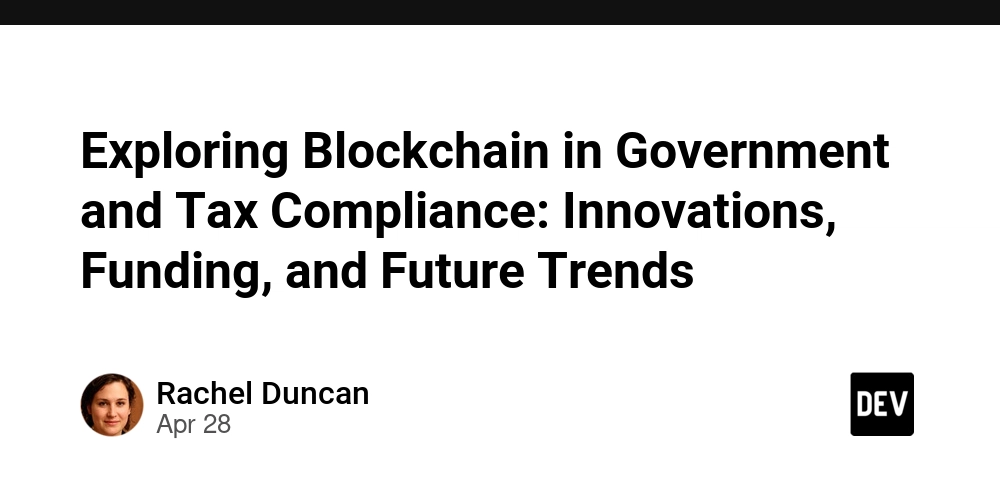
Abstract
This post explores the revolutionary impact of blockchain technology on government operations and tax compliance systems. We cover the background, core concepts such as decentralization and smart contracts, practical use cases including digital identity and transparent spending, and the challenges that lie ahead. In addition, we review emerging innovations, funding models, and regulatory changes that will drive future developments. By examining these aspects through clear technical explanations, detailed tables, and bullet lists, this article provides decision-makers and technical experts with actionable insights that balance blockchain’s promise with its implementation challenges.
Introduction
Blockchain technology has emerged as a critical tool in modern digital transformation. With its decentralized ledger and automated smart contracts, blockchain offers governments and tax authorities a way to improve transparency, reduce fraud, and enhance operational efficiency. This post builds upon the insights provided in Blockchain and Government and integrates additional information to present an updated, holistic perspective on blockchain’s role in public governance and tax compliance.
Governments worldwide are exploring blockchain for applications ranging from digital identity management to automated public spending audits. Tax authorities, on the other hand, see it as a game changer that can substantially streamline tax processes. As the technology evolves, funding models—spanning public-private partnerships (PPPs), government budget allocations, and decentralized finance (DeFi)—become central to its sustainable deployment. In this post, we dive into the background, core concepts, real-world applications, challenges, and future innovations that shape this vibrant ecosystem.
Background and Context
Blockchain was first introduced in 2008 with the launch of Bitcoin. Its core mechanism—a decentralized, immutable ledger—has since been adapted to various sectors beyond cryptocurrencies. In the public sector, blockchain’s inherent transparency and security promote public trust. Key definitions and aspects include:
- Decentralization: Distributes control across multiple nodes, reducing vulnerabilities associated with central points of failure.
- Smart Contracts: Self-executing code that automates agreements based on predefined rules, eliminating human error.
- Immutable Ledger: Provides an unalterable record of transactions, ensuring auditability and fraud prevention.
Government adoption of blockchain aims to address legacy inefficiencies, provide real-time transaction verification, and reduce corruption. For instance, countries like Estonia and Singapore have initiated pilot projects that integrate blockchain into digital identity systems and voting procedures. Alongside these initiatives, tax authorities are using blockchain to secure real-time data, streamline revenue collection, and reduce the risk of fraud.
Funding blockchain projects in this sector is complex and necessitates innovative financial models. Governments may exploit direct budget allocations, PPPs, and international grants to support digital transformation. Each funding model comes with its own challenges—such as aligning public policies with technical requirements—as well as opportunities for cost reduction and enhanced transparency.
Core Concepts and Features
1. Decentralized Ledger Architecture
At the heart of blockchain lies the decentralized ledger. Each node in the network stores an identical copy, ensuring redundancy and security. Benefits include:
- Immutable Records: Once a transaction is recorded, tampering is nearly impossible.
- Enhanced Transparency: Every stakeholder can verify transaction history, bolstering public trust.
- Improved Security: The absence of a central authority mitigates risks associated with centralized data breaches.
2. Smart Contracts and Automation
Smart contracts are pivotal in deploying blockchain solutions in government and tax compliance:
- Automated Tax Processes: Smart contracts can calculate, deduct, and deposit tax revenues with minimal human intervention.
- Cost Reduction: Automating repetitive tasks reduces resource expenditures in auditing and processing.
- Precision: With code-driven execution, human error is minimized, enhancing compliance accuracy.
3. Transparency and Trust
Blockchain builds trust through its open ledger system:
- Real-Time Audits: Continuous monitoring of transactions enhances accountability.
- Fraud Prevention: An immutable ledger deters fraudulent activities and unauthorized data manipulation.
4. Funding and Governance Mechanisms
Efficient implementation of blockchain requires robust funding strategies. Consider the following funding sources:
| Funding Source | Advantages | Examples |
|---|---|---|
| Government Budget Allocations | Direct fund control, seamless policy integration | Digital transformation in Estonia |
| Public-Private Partnerships (PPPs) | Shared expertise and risk management | Blockchain voting trials in Singapore |
| International Grants & Loans | Support for emerging markets | World Bank blockchain funding initiatives |
| Decentralized Finance (DeFi) | Innovative models like impact bonds | Emerging blockchain projects leveraging DeFi |
5. Security and Privacy Enhancements
For public institutions and tax authorities, data security remains paramount:
- Cryptographic Algorithms: Protect data integrity.
- Zero-Knowledge Proofs: Provide data verification without exposing sensitive information.
- Multi-Factor Authentication: Restrict access to authorized personnel while ensuring transparency.
6. Ecosystem Compatibility
Integrating blockchain with existing infrastructure is critical for seamless transition:
- Data Migration Tools: Facilitate the movement of data from legacy systems to blockchain.
- Open-Source Protocols: Promote collaborative innovation and lower long-term maintenance costs.
7. Overlapping Dynamics in Government and Tax Compliance
Both domains leverage similar technological strengths:
- Automated Audit Systems: Real-time monitoring ensures integrity in both public spending and tax collection.
- Collaborative Funding: Both benefit from hybrid models such as PPPs, ensuring sustainability and innovation.
Applications and Use Cases
Public Sector Governance
Governments are using blockchain to improve internal processes and build trust:
- Digital Identity Systems: Blockchain-based digital IDs enhance systems such as voter registration and social security. Estonia’s e-Residency program is a prime example.
- Transparent Public Spending: Publishing real-time financial data reduces corruption and fosters accountability.
- Secure Voting Systems: Blockchain ensures tamper-resistant voting processes, protecting democratic integrity.
Tax Compliance Systems
Tax authorities are benefiting from the improved efficiency blockchain affords:
- Automated Tax Collection: Smart contracts help in the dynamic calculation and collection of taxes.
- Real-Time Audits: Every transaction logged in blockchain simplifies the audit process and minimizes errors.
- Fraud Deterrence: The immutable ledger of blockchain prevents fraudulent modifications and tax evasion.
Hybrid and Integrated Use Cases
Some innovative models integrate both domains for maximum efficiency:
- Integrated Financial Systems: Combining public expenditure with tax revenue data to provide a complete picture of fiscal health.
- Collaborative Platforms: Open-source communities collaborate to produce secure, scalable blockchain solutions for government and tax compliance.
- Public-Private Partnerships: Pilot projects in Singapore have merged blockchain-based identity with tax systems, minimizing overhead while increasing data accuracy.
Key benefits of these implementations include:
- Cost Reduction through minimized manual operations
- Enhanced Data Integrity ensuring tamper-resistant records
- Real-Time Auditability reducing compliance errors
- Increased Transparency fostering citizen trust
For further reading on blockchain applications, check out News AI News Q1 2025 and KI Trends Deutschland 2025 Q1.
Challenges and Limitations
Technical Challenges
- Interoperability: Integrating blockchain with legacy systems can be complex. Organizations must develop data migration strategies that align with existing infrastructures.
- Scalability: As transaction volumes increase, maintaining network performance remains a challenge. Techniques like layer‑2 scaling and sharding are promising but still under refinement.
- Smart Contract Vulnerabilities: Errors in smart contract code can be exploited. This necessitates rigorous testing and periodic audits.
Funding Barriers
- Uncertain ROI: Quantifying the return on investment for blockchain can be challenging, particularly given high initial implementation costs.
- Regulatory Uncertainty: Inconsistent and evolving regulatory frameworks make project funding risky.
- Political Resistance: Traditional power structures may resist the transparency and decentralization that blockchain easily affords, delaying adoption.
Adoption and Implementation Challenges
- Workforce Skill Gaps: There is a shortage of blockchain experts in the public sector. This requires ongoing training and development.
- Legacy System Constraints: Integrating new blockchain systems with outdated legacy systems involves substantial technical complexity.
- Public Skepticism: Public misunderstanding of blockchain can hinder adoption, making educational initiatives necessary.
Additional challenges include:
- Ethical concerns over data privacy vs. transparency
- High initial capital expenditure
- Ongoing maintenance and upgrade costs
Future Outlook and Innovations
Emerging Trends
The future of blockchain in government and tax compliance looks promising:
- AI Integration: Combining blockchain with artificial intelligence for enhanced data analysis and real-time anomaly detection.
- Decentralized Finance (DeFi) Models: New funding approaches, such as tokenized impact bonds, will provide alternative capital for public blockchain projects.
- Improved Interoperability Solutions: Developments in layer‑2 scaling and cross-chain bridges are expected to simplify integration with legacy systems.
For insights into arbitration and decentralized funding models, see Arbitrum and De-Fi Yield and Arbitrum and Network Upgrades.
Advancements in Smart Contracts
Smart contracts will continue to evolve:
- Enhanced Security Protocols: More robust security measures will mitigate vulnerabilities in code.
- Standardization for Audits: New standards for smart contract audits will lead to greater consistency and trust in automated systems.
- Broader Adoption in Hybrid Models: Integrating smart contracts across public and private sectors will further streamline operations and regulatory compliance.
Regulatory and Open-Source Collaboration
As regulatory bodies work toward standardizing frameworks:
- Uniform Legal Frameworks: International collaborations are underway to form a common set of blockchain guidelines.
- Open Source Contributions: Increased collaboration within open-source communities will improve project reliability and sustainability. For more on open-source strategies, read Unveiling a New Era in Open Source Licensing.
Future Predictions
- Governments will likely mainstream blockchain solutions for public services and tax administration.
- Real-time audits will become the industry standard, significantly reducing scope for fraud.
- Integration with AI and improved interoperability will lead to more responsive and adaptive public sector systems.
Summary
In conclusion, blockchain technology has the potential to transform government operations and tax compliance through improved transparency, efficiency, and security. By leveraging decentralized ledgers and smart contracts, both domains can drastically reduce costs and mitigate fraud risks. However, challenges such as interoperability with legacy systems, regulatory uncertainties, and funding complexities must be addressed.
Key takeaways include:
- Decentralized Technology: Promotes an immutable and transparent ledger.
- Smart Contracts: Automate processes to improve accuracy and reduce errors.
- Hybrid Funding Models: Utilize government budgets, PPPs, and emerging DeFi approaches.
- Ongoing Challenges: Include integration with legacy systems, skill gaps, and the need for clear regulatory frameworks.
- Future Growth: Innovations such as AI integration, enhanced interoperability, and evolving smart contract protocols promise to further revolutionize digital governance.
For further insights, visit Blockchain and Tax Compliance and explore related content on platforms like Arbitrum and Gaming to see how blockchain is also reshaping the gaming world.
Additional Resources and Related Reads
Recommended Dev.to Posts
- Arbitrum and Gaming: A New Frontier in Blockchain Technology
- Discover Alpha Motoz: A New Era in Arbitrum’s NFT Marketplace
- Exploring Funding and Innovation in Blockchain Cybersecurity
By understanding these dynamics and engaging with both technical and regulatory stakeholders, policymakers and developers can ensure that blockchain technology underpins a future where digital trust and efficient governance are not just ideals, but realities.
Embrace the future of digital governance, reduce inefficiencies through transparency, and pave the way for innovative funding models—all by harnessing the power of blockchain technology.
Keywords: blockchain, government technology, tax compliance, decentralized ledger, smart contracts, transparency, funding models, interoperability, security enhancements.





















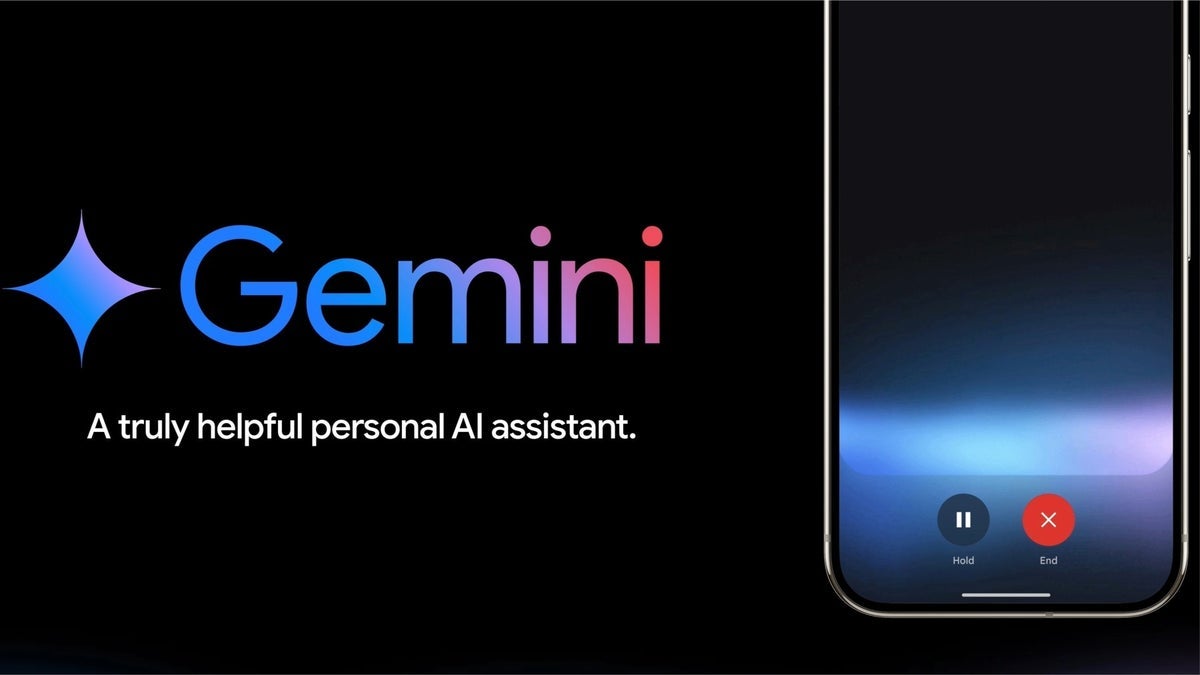









































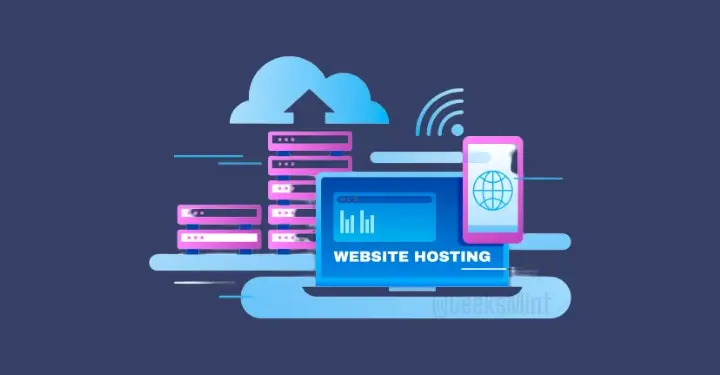








![M4 MacBook Air Drops to Just $849 - Act Fast! [Lowest Price Ever]](https://www.iclarified.com/images/news/97140/97140/97140-640.jpg)
![Apple Smart Glasses Not Close to Being Ready as Meta Targets 2025 [Gurman]](https://www.iclarified.com/images/news/97139/97139/97139-640.jpg)
![iPadOS 19 May Introduce Menu Bar, iOS 19 to Support External Displays [Rumor]](https://www.iclarified.com/images/news/97137/97137/97137-640.jpg)









































































































_Olekcii_Mach_Alamy.jpg?width=1280&auto=webp&quality=80&disable=upscale#)
























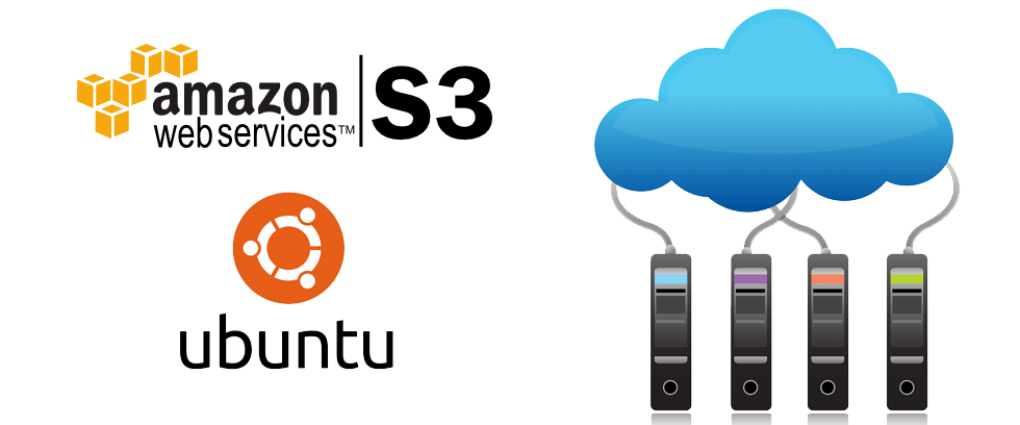
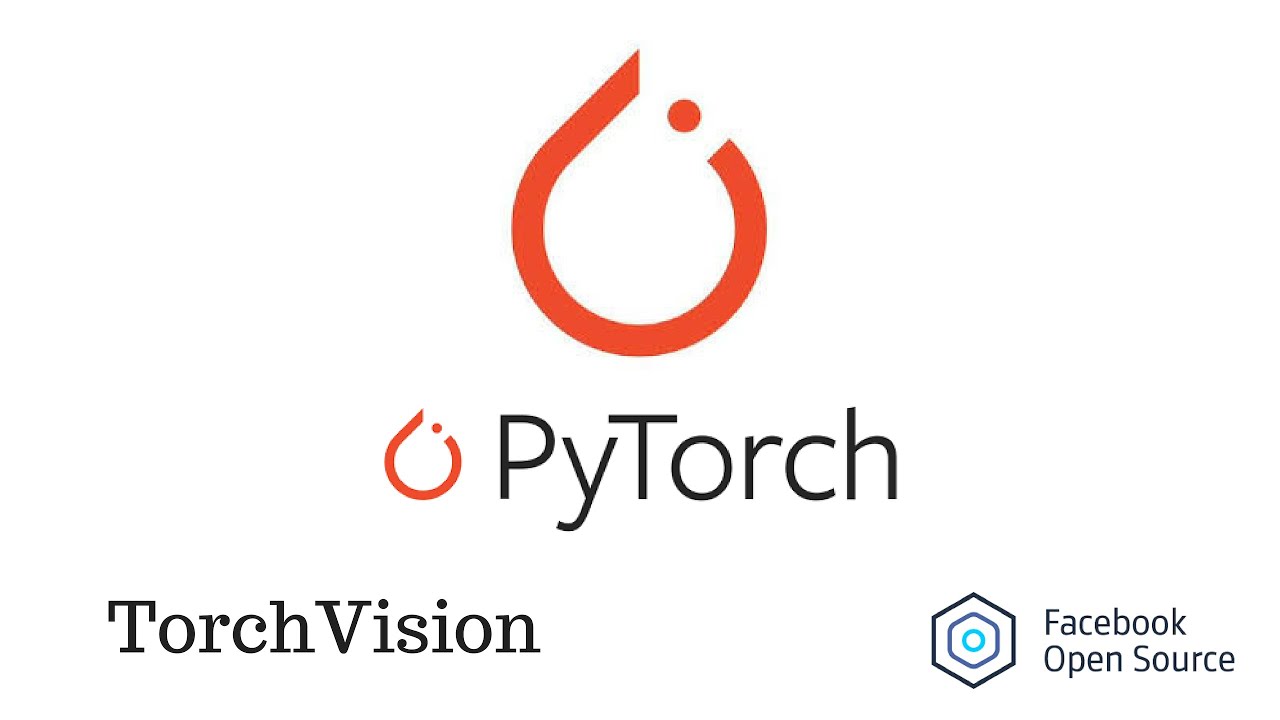



























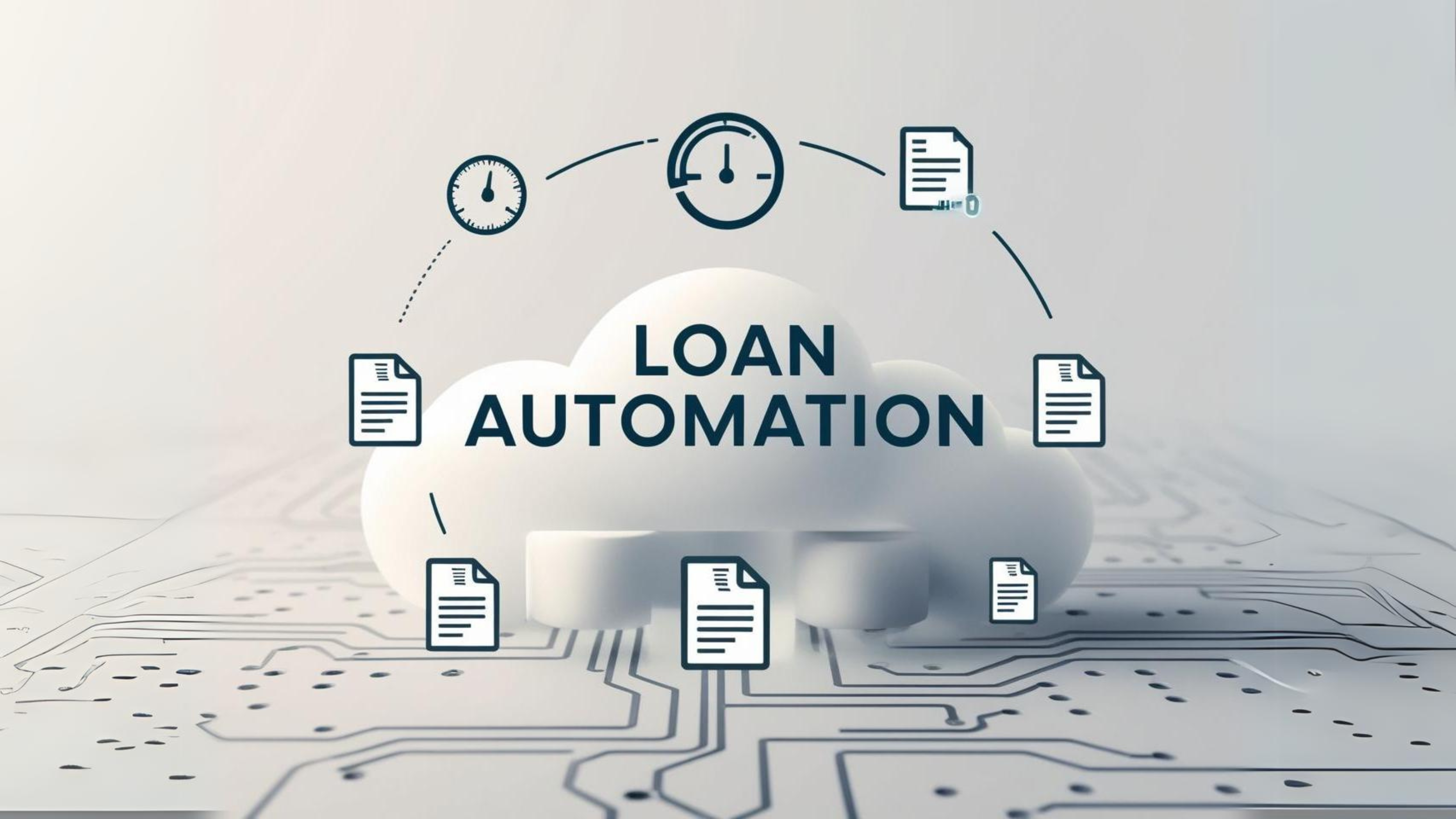
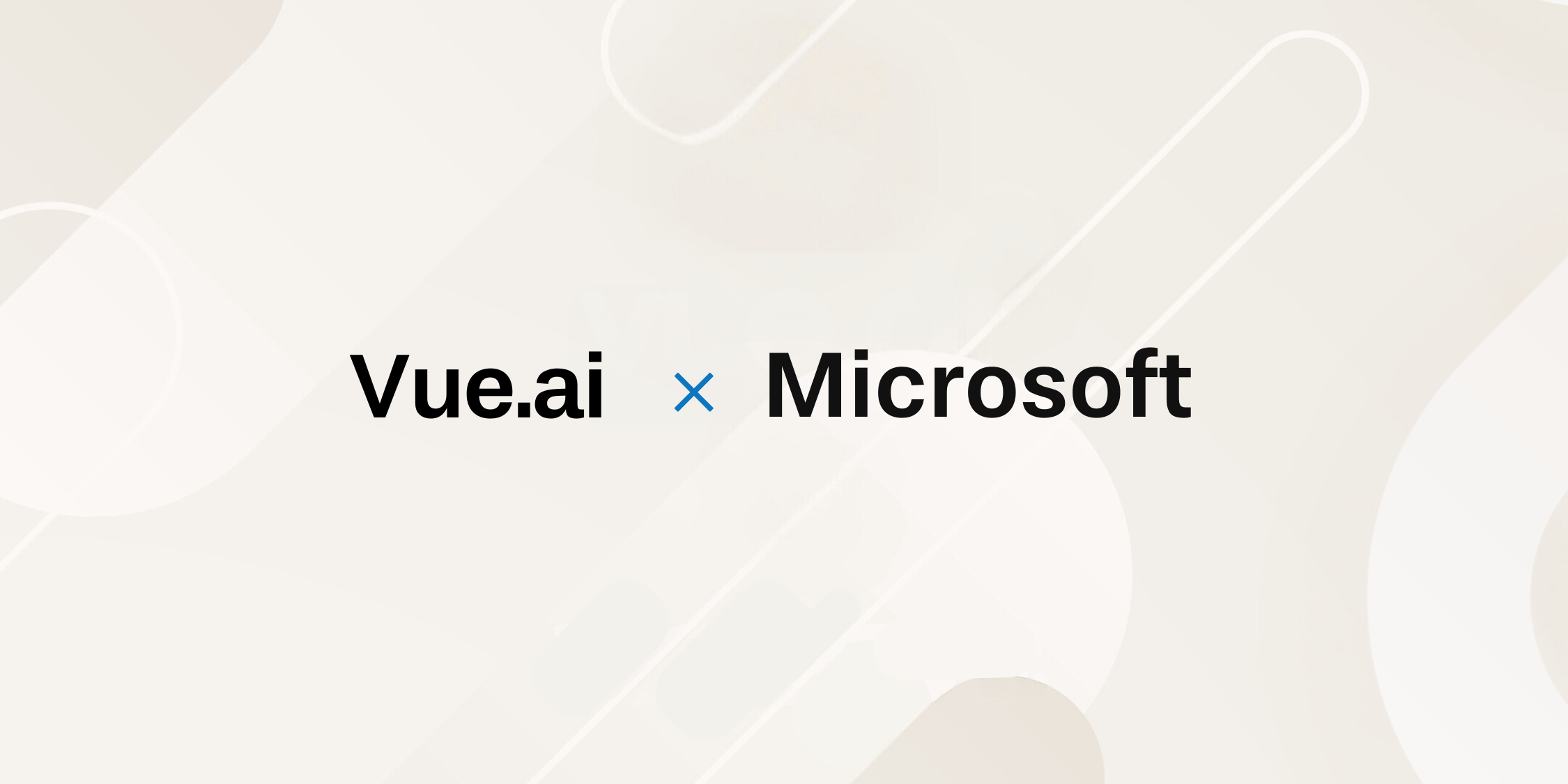


































































![[The AI Show Episode 144]: ChatGPT’s New Memory, Shopify CEO’s Leaked “AI First” Memo, Google Cloud Next Releases, o3 and o4-mini Coming Soon & Llama 4’s Rocky Launch](https://www.marketingaiinstitute.com/hubfs/ep%20144%20cover.png)











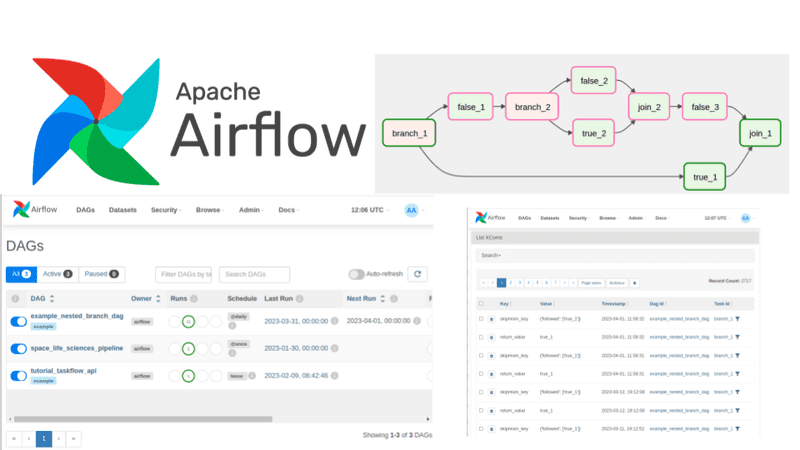



































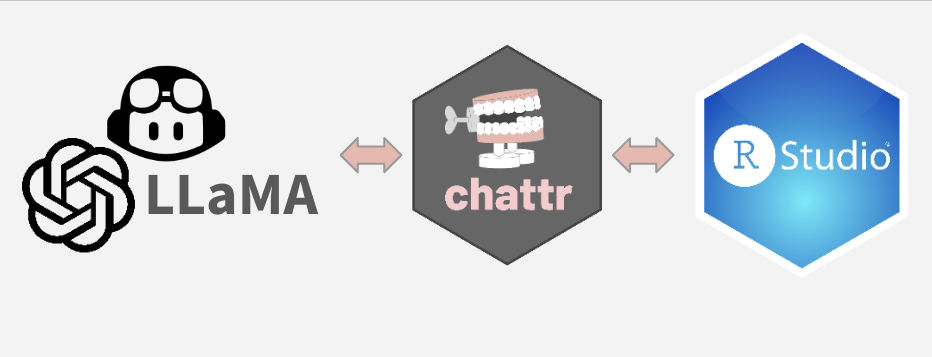























































































































![[DEALS] Koofr Cloud Storage: Lifetime Subscription (1TB) (80% off) & Other Deals Up To 98% Off – Offers End Soon!](https://www.javacodegeeks.com/wp-content/uploads/2012/12/jcg-logo.jpg)























-RTAガチ勢がSwitch2体験会でゼルダのラスボスを撃破して世界初のEDを流してしまう...【ゼルダの伝説ブレスオブザワイルドSwitch2-Edition】-00-06-05.png?width=1920&height=1920&fit=bounds&quality=70&format=jpg&auto=webp#)






























































.jpg?width=1920&height=1920&fit=bounds&quality=70&format=jpg&auto=webp#)

